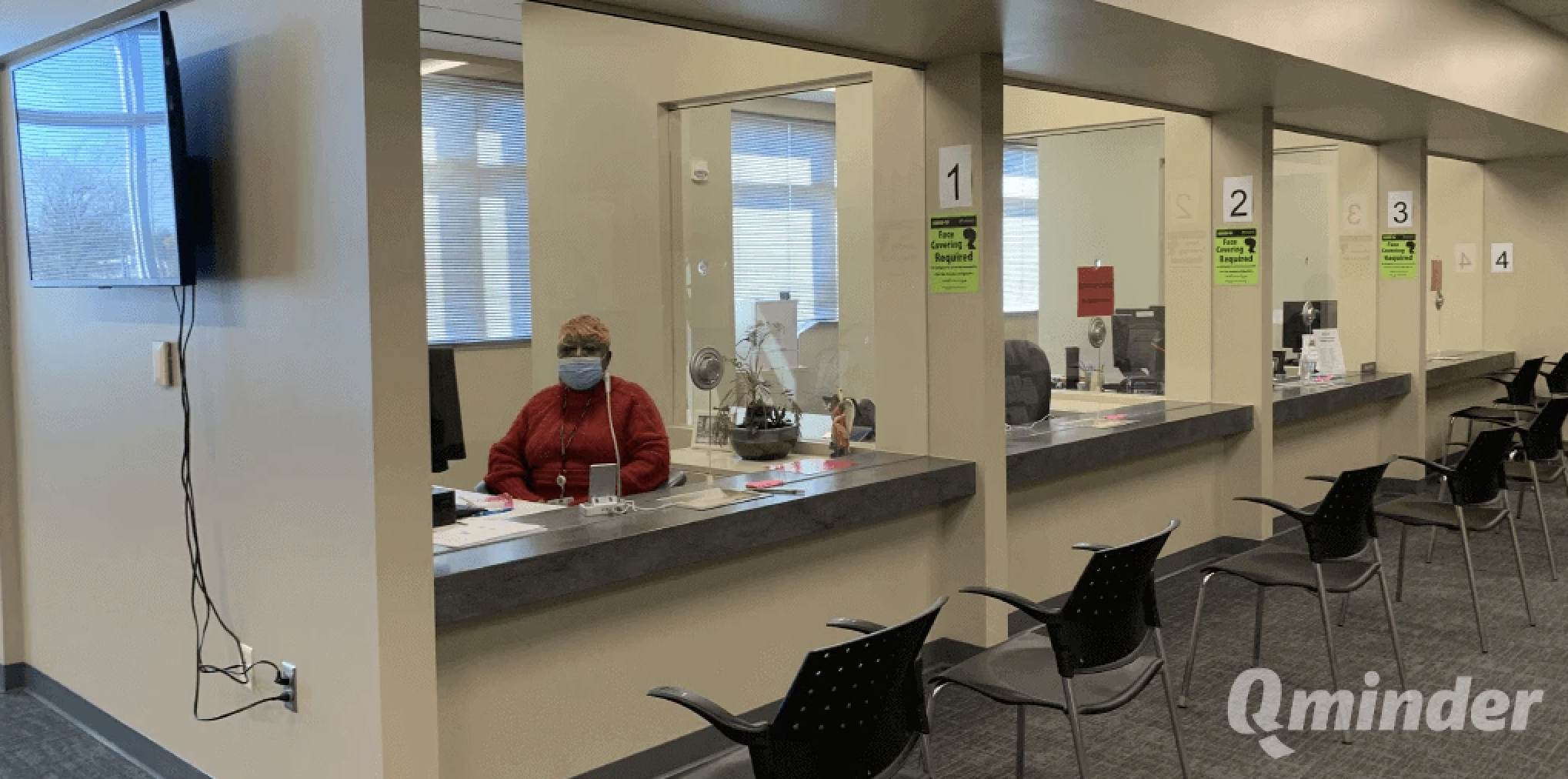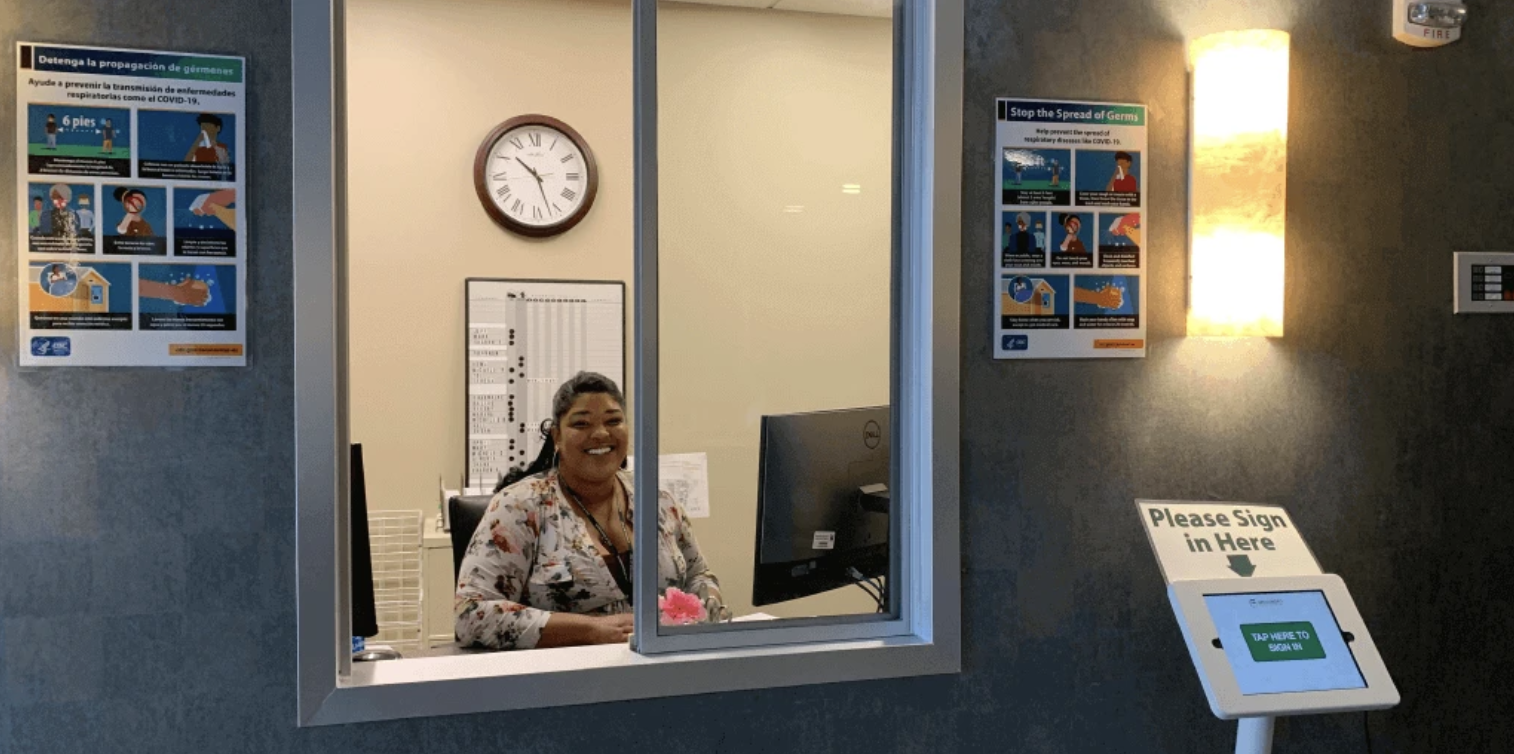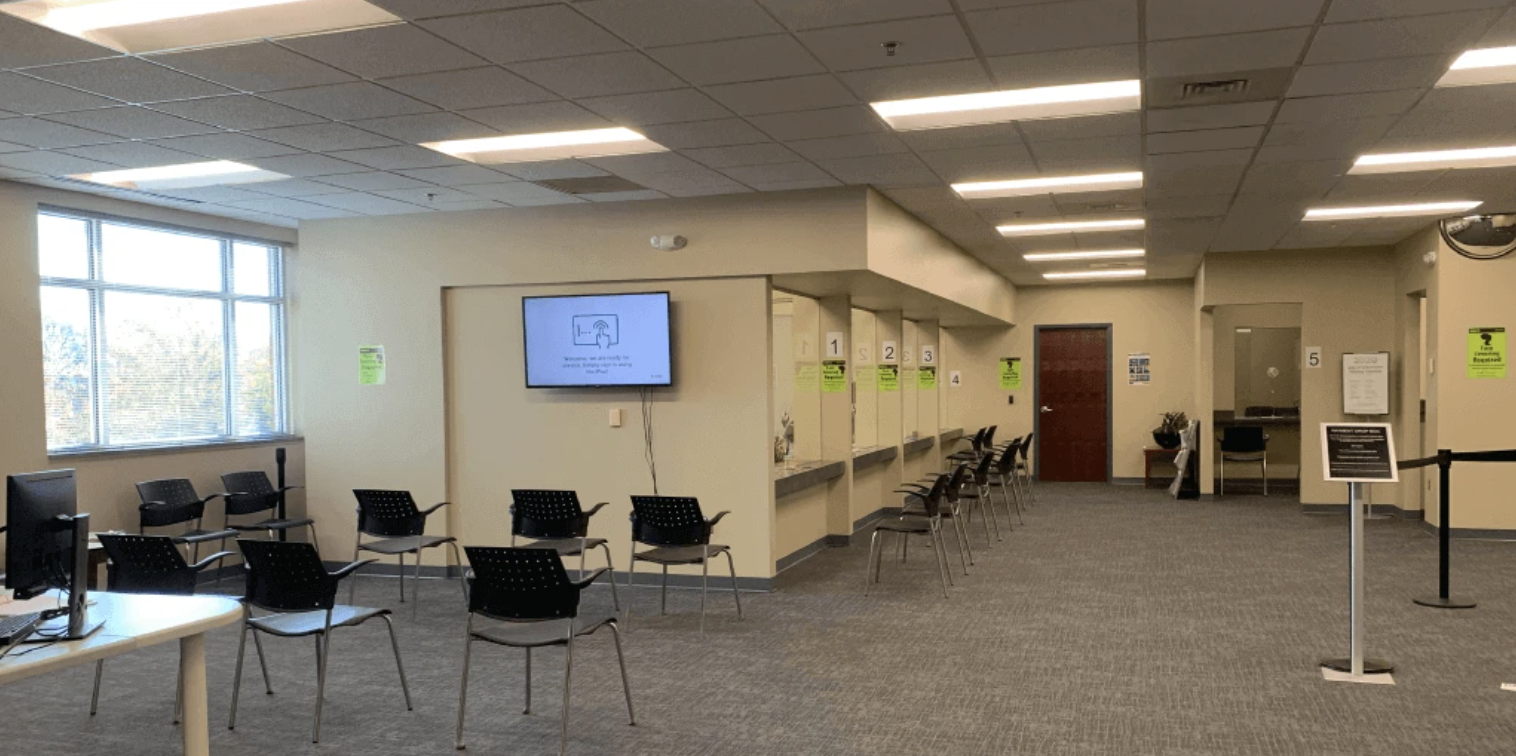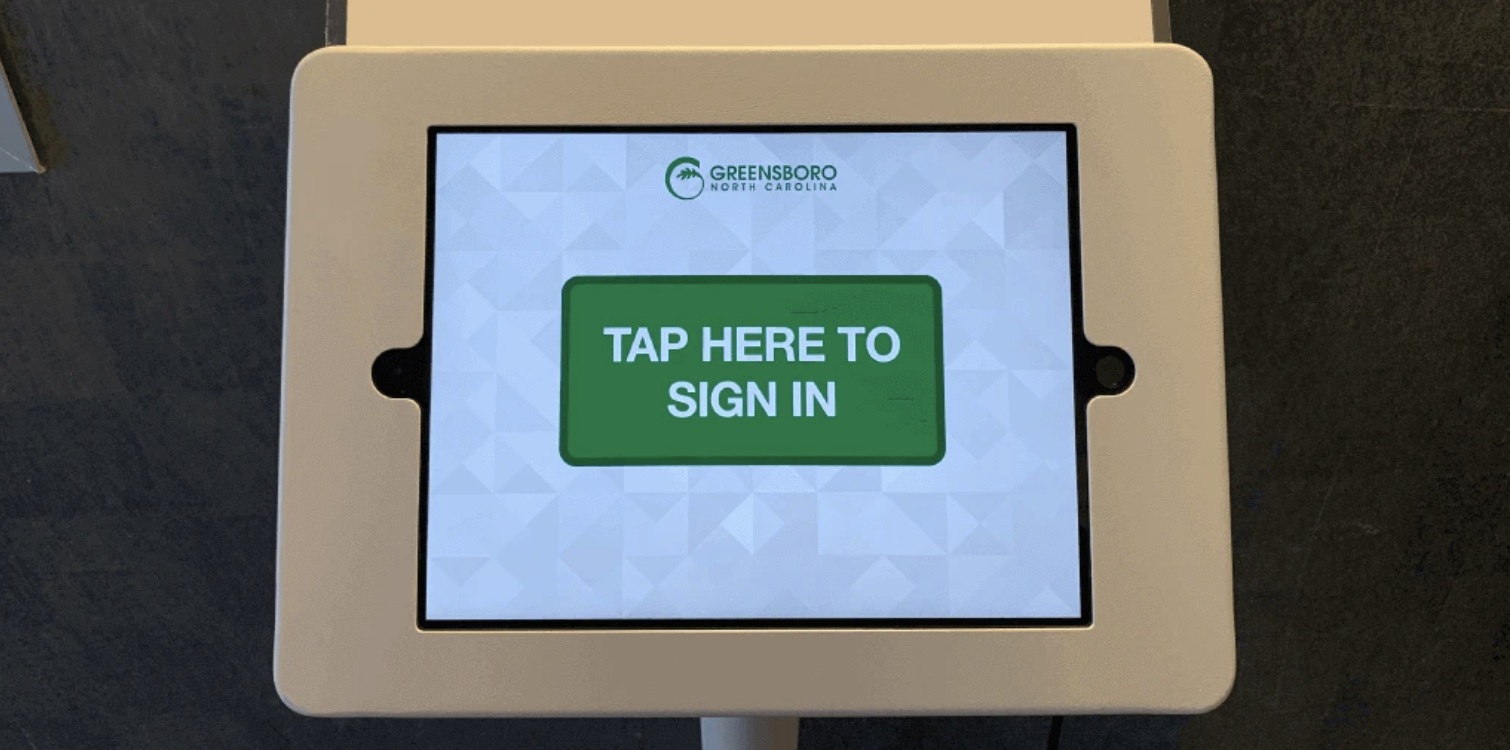How the City of Greensboro manages its walk-in visitors
The City of Greensboro , North Carolina, describes its mission as "shaping an inclusive future through resident-focused services and programs".

Greensboro strives to help create and support the community — not just for its customers, but for its employees, as well. This puts expectations not only on their level of commitment, but more crucially on their level of customer service.
And they manage to achieve it with the help from Qminder’s queue management solution.
The problem
Before Qminder: the struggle of managing citizen flow
Before their partnership with Qminder, Greensboro had a simple process: customers would sign in themselves, then the receptionist would direct them to the right service point. This seemingly straightforward setup often resulted in high congestion and increasingly long wait times.
Another reason for concern unearthed itself in 2020, when the pandemic happened. New state regulations required to minimize interactions between customers and employees.
Unfortunately, Greensboro’s old method of signing in did not allow for that. The need for a new customer sign-in system that could take care of walk-in visitors grew larger by the day.
This is how Greensboro first stumbled upon the Qminder solution — a digital queue management system tailor-made for handling crowds.
The goal
The search for a more effective queuing solution
There are several reasons why Greensboro’s choice ultimately fell on Qminder:
Qminder is designed for managing walk-in visitors, rather than customers with appointments, which was critical for pandemic.
Qminder allows live texting with customers as well as inter-employee communication right from the browser.
They found the interface of Qminder to be elegant and straightforward.
Similar government and education companies gave Qminder raving reviews.

Although the pandemic forced the change, it ultimately helped with the transition. Having to close down the traffic gave Greensboro’s team enough time to plan out the new setup.
Onboarding, which is often the most difficult part of adopting a new technology, proved to be surprisingly easy.
First, Greensboro introduced Qminder to their leadership, then sought staff feedback before solidifying their new process. The last step was one-on-one employee training.
The initial concerns that the new technology would become an inconvenience for customers were put to rest, too.
As Qminder is a browser-based solution with downloadable applications, there was no need to obtain additional equipment. Plus, Qminder’s interface is user-friendly and makes it easy to include specific instructions for each sign-in step.
The solution
Speed, efficiency, safety: Greensboro's new queue management routine
Ever since the pandemic started, the focus of the team has been on reducing the face-to-face contact time and increasing the efficiency of passing the documents around.
The two-way text messaging option and the remote sign-in provided by Qminder gave them the opportunity to do both.

“Using remote sign-in, we can communicate with our customers, provide the service they need, and accept payment.”
A visitor checking into Greensboro is met with a tablet kiosk in the front lobby next to a receptionist. The visitor signs in and goes around the corner to the waiting area with a waitlist monitor.
During the check-in, Qminder is capturing some basic, but essential, customer information:
name
service required
phone number.
This allows customer service reps to pull up the data before the customer gets to their desk.
Having obtained the phone number, Greensboro also texts the visitor a link to an online form. This form can be completed remotely, which helps further decrease the in-person traffic.
Finally, based on the sign-in selections, the visitor is either called to a service desk or they are greeted by an employee in the waiting area.
The success
Saving customer and employee time with Qminder
Reducing the amount of face-to-face interaction with walk-in visitors helps keep the service process at Greensboro mostly touchless. Moreover, it has had a positive impact on reducing wait times — coupled with a decrease in traffic due to pandemic, the average wait times are close to zero.

Customer service reps were even asked not to call the next customer right away, to give visitors enough time to make it to the waiting area.
Employees also benefit from the convenience of the new system. No longer are they expected to manually manage the crowd and waste their time on processes that are now automated and taken care of.
“I love working with Qminder. There’s no more running, signing in and waiting to see if the customer is following you back to your desk.”